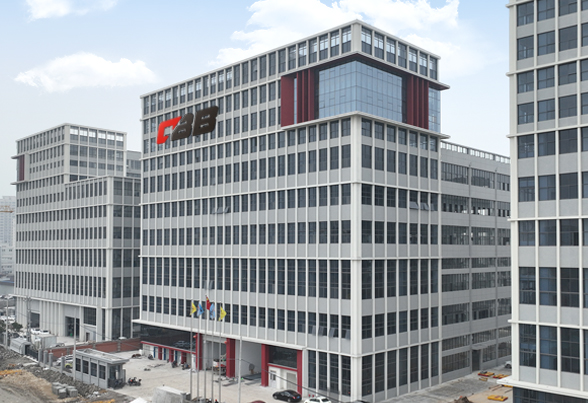Introduction
The Automatic Tension Controller plays a crucial role in various industries, such as paper, textiles, plastic films, and metal strips. Maintaining consistent tension during the winding and unwinding processes ensures the quality of the finished product. This device is designed to provide tension throughout the production process, preventing material deformation and ensuring smooth operation.
Importance of Tension Control
In manufacturing, the rewinding and unwinding tension directly impacts product quality. Excessive tension can lead to tensile deformation, while insufficient tension causes irregular rewinding. Both scenarios compromise the integrity of the material. The Automatic Tension Controller addresses these challenges by implementing constant tension control, vital for achieving high-quality outputs.
Functionality
The Automatic Tension Controller operates through a system that synchronizes roller movement, maintaining uniform tension. The primary components include an automatic tension controller, pressure sensor, and magnetic powder brake or clutch. The pressure sensor continuously measures the roll tension and sends feedback to the controller. In response, the controller adjusts the magnetic powder brake or clutch to maintain the desired tension levels.
Precision and Performance
Designed for high-precision applications, the Automatic Tension Controller excels in environments where consistent tension is critical. Its advanced algorithms ensure that adjustments are made in real-time, enhancing overall performance. This precision makes it ideal for high-speed applications, where even minor fluctuations in tension can lead to significant quality issues.
Technical Specifications
Voltage: The device operates on an input voltage of AC 180-245V at 50/60Hz, making it versatile for various setups.
Models Available:
KDT-A(B)-600: Maximum tension capacity of 600N.
KDT-A(B)-1000: Maximum tension capacity of 1000N.
Display Options:
Model A: Features an LCD display and supports MODBUS connection (RS485).
Model B: Equipped with a digital display and does not support MODBUS connection.
Adjustment Methods:
Model A: Tension can be adjusted using a knob.
Model B: Tension is adjusted via buttons.
Advantages
The Automatic Tension Controller offers numerous benefits:
High Control Precision: The controller ensures tight tolerances in tension control, resulting in improved product quality.
Real-Time Performance: Adjustments are made instantaneously based on sensor feedback, maintaining conditions throughout the process.
Versatility: Suitable for a range of materials and industries, adapting easily to various production needs.
Application Scenarios
The Automatic Tension Controller is widely applicable across different sectors:
Textiles: Ensures even tension during fabric processing, preventing defects.
Paper Industry: Maintains consistent tension to avoid tearing and ensure smooth rewinding.
Plastic Film Production: Controls tension for uniform thickness and quality.
Metal Strips and Wire: Regulates tension to avoid distortion and enhance product integrity.
Installation and Maintenance
Installing the Automatic Tension Controller is straightforward, and it is compatible with existing machinery setups. Regular maintenance is essential to ensure performance. Users should periodically check the pressure sensors and magnetic brakes for wear and adjust settings as necessary to maintain accuracy.
Summary
In summary, the Automatic Tension Controller is an essential tool for maintaining consistent tension in various industrial applications. By ensuring optimal tension during the winding and unwinding processes, this device enhances product quality while material deformation risks. Its advanced features, high precision, and adaptability make it a valuable addition to any production line focused on quality and efficiency.

 English
English Español
Español हिंदी
हिंदी









